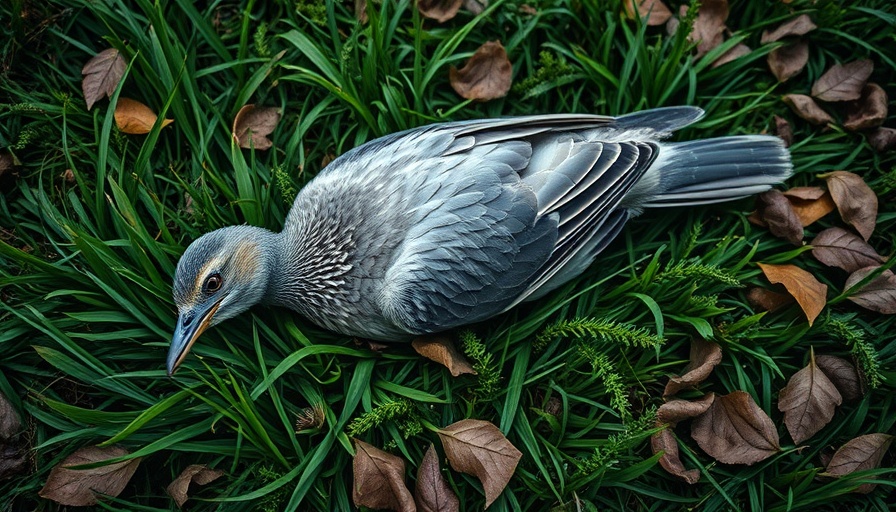
Confirmed Cases of Avian Flu Raise Concern in Oliver
The recent confirmation of avian influenza cases in Oliver has prompted local authorities to take immediate precautions. A public advisory was issued by the Town to inform residents about the presence of the virus that has been linked to the death of several wild birds, including snow geese.
Avian influenza primarily affects waterfowl such as ducks and geese and can have severe implications for domestic poultry populations. Those living in or near affected areas should be vigilant, particularly as the virus may spread easily among birds. According to the advisories from various health departments, residents should avoid direct contact with both live and dead birds to prevent the risk of transmission.
Precautions to Take When Encountering Birds
If you come across a deceased bird, it's crucial to handle the situation with care. Always wear protective gloves or use a bag to avoid direct contact. After handling, washing your hands with soap and disinfecting any surfaces that might have been contaminated is essential to ensure safety.
Signs of Avian Flu in Birds: What You Need to Know
When observing wild or domestic birds, be aware of the symptoms of avian influenza. Signs to look out for include sudden drops in egg production, unusual quietness, swelling under the eyes, and a noticeable increase in mortality rates among birds. If multiple birds are found dead in close proximity, reports should be filed with the Wild Bird Mortality Line to monitor and control the spread of the disease.
What This Means for Locals and Pets
For those in the vicinity of Oliver, protecting personal pets from direct contact with wild birds is paramount. Owners should ensure their animals do not come into contact with droppings or sick birds, as this is a common method of transmission. Understanding the risks poses a critical aspect of safeguarding not only avian populations but also our domestic pets.
A Call for Collective Vigilance
As the threat of avian influenza looms, the community's collective response is vital. Awareness and diligence in reporting can help manage the outbreak effectively. For more detailed guidelines, residents can refer to the Government of British Columbia and Canada’s health resources on avian influenza.
 Add Row
Add Row  Add
Add 




Write A Comment